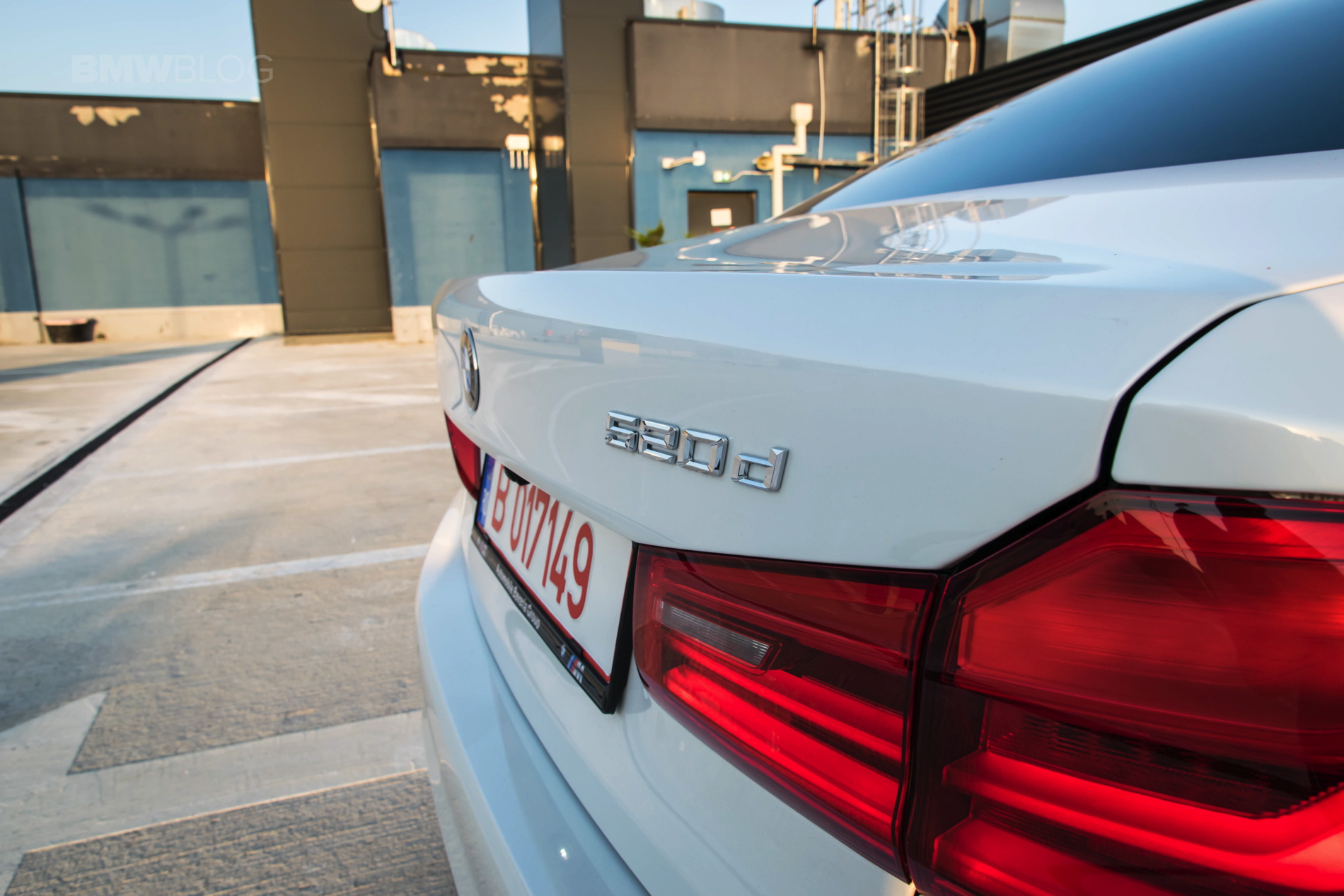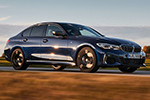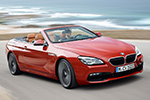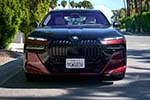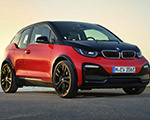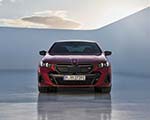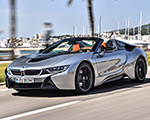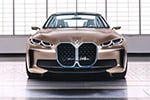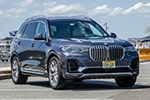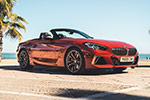As previously reported, the BMW 48V system is likely to arrive in 2020. While we previously thought that the G20 3 Series will be the first to debut the new electrical system, a new rumor says that the honor would go to the entry-level 5 Series – The 520d.
So what exactly is a 48-volt electrical system? Well, most cars have traditionally run on a 12-volt system, as the normal car battery is a DC 12-volt battery. Now, though, automakers are either switching over to 48-volt systems, using 48-volt lithium-ion batteries, or adding them on top of the existing 12-volt system.
Back in January 2019, we had an exclusive interview with BMW CTO Klaus Fröhlich who outlined BMW’s strategy when it comes to the 48-volt systems.
“We have different strategies than our competitors, Fröhlich said. “They started with the first generation of the 48V systems. First of all, these were quite expensive, around 2,000 euros. It was a 8-10kW alternator, sluggish so the fuel consumption benefit was very low. You couldn’t use the torque cause it wasn’t any relevant torque available. It also offered things like very air conditioning quality, very good Start/Stop systems, but is this a good value to the customer?”
The engineering chief at BMW says that the company built some first-generation 48V applications just to learn the systems, but the focus is really on the second-generation.
“Generation 2 means that I double the electric power. I’m going to 20kW and instead of going to the belt motor alternator, I will go into the transmission. So we are partnering with ZF and at the beginning of the next decade, we will have the latest generation transmissions. We will not only have double the power, but also an integrated 48-volt system and because it’s behind the engine, we can do some crawling and some other things without using the engine. And the other thing is, that it has boost!”
Being still a fairly expensive system, we expect that some of the more expensive BMW models to first get the 48-volt system. The same rumor mill churns out that other G30/G31 models could get it in the future, along with the facelifted 7 Series. We won’t be surprised to see the 48-volt implemented in an M car as well.


